Nd 8 Filter How Many Stops ?
A neutral density (ND) filter with a rating of 8 stops reduces the amount of light entering the camera by 8 stops. This means that it allows only 1/256th (2^8) of the original light to pass through the filter. ND filters are commonly used in photography to achieve longer exposure times or to control the depth of field in bright lighting conditions.
1、 Filter Stops: Understanding the concept of stops in photography.
A neutral density (ND) filter is a popular tool used in photography to control the amount of light entering the camera lens. It is particularly useful in situations where there is too much light, such as when shooting in bright daylight or capturing long exposures. The concept of stops in photography refers to the measurement of light, and understanding it is crucial when working with ND filters.
An ND filter is rated by the number of stops it reduces the light by. A stop is a unit of measurement that represents a doubling or halving of the amount of light. For example, a one-stop reduction means the filter reduces the light entering the lens by half, while a two-stop reduction means it reduces the light by a quarter.
So, when we talk about an ND 8 filter, it means that it reduces the light by 8 stops. This is a significant reduction and allows photographers to achieve creative effects that would otherwise be challenging in bright conditions. With an ND 8 filter, you can capture long exposures, create motion blur, or use wider apertures in bright light without overexposing the image.
It's important to note that the concept of stops remains the same regardless of the advancements in camera technology. However, the specific number of stops may vary slightly between different manufacturers or models of ND filters. Therefore, it's always a good idea to refer to the manufacturer's specifications to ensure accuracy.
In conclusion, an ND 8 filter reduces the light entering the lens by 8 stops. This allows photographers to have greater control over exposure and opens up creative possibilities in bright lighting conditions.

2、 ND Filter: Exploring the purpose and use of ND filters.
An ND filter, short for Neutral Density filter, is a popular tool used in photography and videography to control the amount of light entering the camera lens. It is essentially a darkened piece of glass or resin that reduces the intensity of light without affecting the color or quality of the image.
The purpose of an ND filter is to allow photographers and videographers to achieve certain creative effects that would otherwise be difficult or impossible to achieve. One of the main uses of an ND filter is to achieve a longer exposure time, which can create a sense of motion in subjects such as waterfalls or clouds. By reducing the amount of light entering the lens, an ND filter allows for longer shutter speeds without overexposing the image.
ND filters are also commonly used in situations where there is too much light, such as when shooting in bright sunlight. By reducing the amount of light, an ND filter helps to balance the exposure and prevent overexposure. This is particularly useful in landscape photography, where photographers often want to capture a wide dynamic range of light and shadow.
The strength of an ND filter is measured in stops, with each stop representing a halving of the amount of light. For example, a 1-stop ND filter reduces the amount of light by half, a 2-stop ND filter reduces it by a quarter, and so on. Therefore, an ND 8 filter would reduce the amount of light by 3 stops.
In recent years, ND filters have become increasingly popular among drone photographers and videographers. Drones often have fixed aperture settings, which means that controlling the exposure solely through shutter speed is not always possible. By using an ND filter, drone operators can achieve a more balanced exposure and capture smoother, more cinematic footage.
In conclusion, ND filters are versatile tools that allow photographers and videographers to control the amount of light entering the camera lens. They are used to achieve creative effects, balance exposure, and capture a wide dynamic range of light and shadow. The use of ND filters has expanded to include drone photography and videography, where they are essential for achieving professional-looking footage.
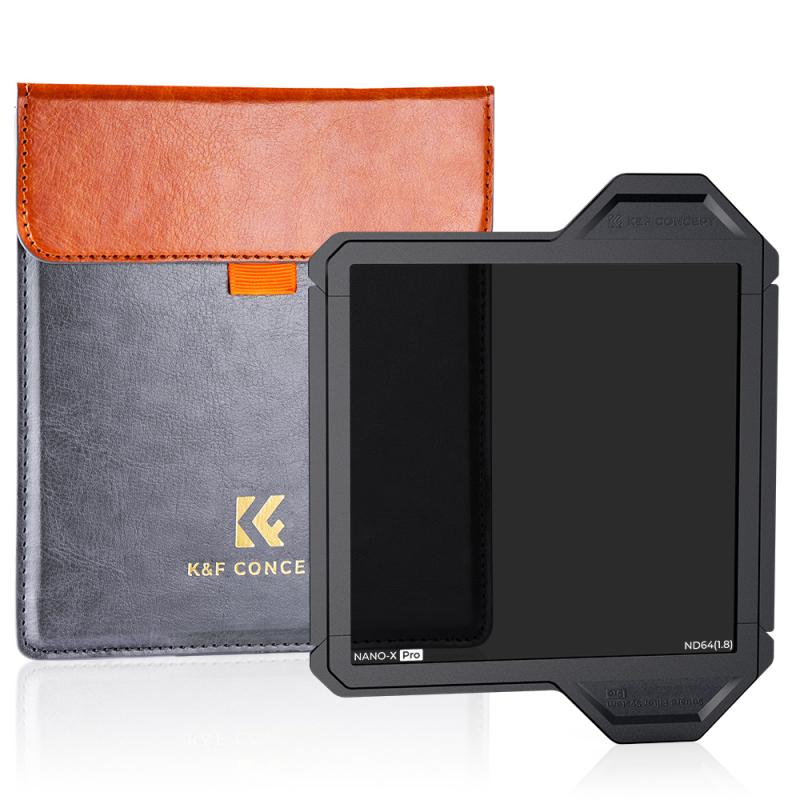
3、 Stop Reduction: Calculating the number of stops reduced by an ND filter.
An ND (Neutral Density) filter is a popular tool used in photography to reduce the amount of light entering the camera lens. It is commonly used to achieve longer exposure times or wider apertures in bright conditions. The number of stops reduced by an ND filter refers to the amount of light that is blocked by the filter.
To calculate the number of stops reduced by an ND filter, we need to understand the concept of stops. In photography, a stop refers to a doubling or halving of the amount of light. Each stop represents a significant change in exposure. For example, going from f/8 to f/11 is a one-stop reduction in light, while going from f/8 to f/16 is a two-stop reduction.
An ND filter is labeled with a number, such as ND2, ND4, ND8, etc. The number indicates the amount of light the filter blocks. For instance, an ND8 filter reduces the amount of light entering the lens by 3 stops. This means that if you were shooting without the filter at f/8, you would need to adjust your settings to f/16 to achieve the same exposure with the ND8 filter.
It is important to note that the number of stops reduced by an ND filter is not always an exact science. Different manufacturers may have slight variations in the amount of light blocked by their filters. Additionally, the effectiveness of an ND filter can also be influenced by factors such as the quality of the filter and the specific lighting conditions.
In conclusion, an ND8 filter reduces the amount of light entering the lens by 3 stops. This allows photographers to achieve longer exposure times or wider apertures in bright conditions, resulting in creative effects and greater control over the final image.

4、 Exposure Control: Using ND filters to control exposure in different lighting conditions.
An ND (Neutral Density) filter is a tool used in photography to control the amount of light entering the camera lens. It is particularly useful in situations where the lighting conditions are too bright, and the photographer wants to achieve a specific exposure without overexposing the image.
The number associated with an ND filter indicates the amount of light it blocks. For example, an ND 8 filter blocks 3 stops of light. This means that it reduces the amount of light entering the lens by a factor of 8, allowing the photographer to use a slower shutter speed or wider aperture without overexposing the image.
Using ND filters can be beneficial in various scenarios. For instance, when shooting landscapes in bright daylight, an ND filter can help to achieve a longer exposure time, resulting in smooth water or blurred clouds. It can also be useful in portrait photography, allowing the photographer to use a wider aperture for a shallow depth of field, even in bright conditions.
The latest point of view on using ND filters is that they are essential tools for photographers who want to have more control over their exposure in different lighting conditions. They provide flexibility and creativity by allowing photographers to manipulate the exposure settings without compromising the image quality.
In conclusion, an ND 8 filter blocks 3 stops of light, enabling photographers to control exposure in various lighting conditions. It is a valuable tool that allows for creative expression and flexibility in achieving the desired exposure settings.
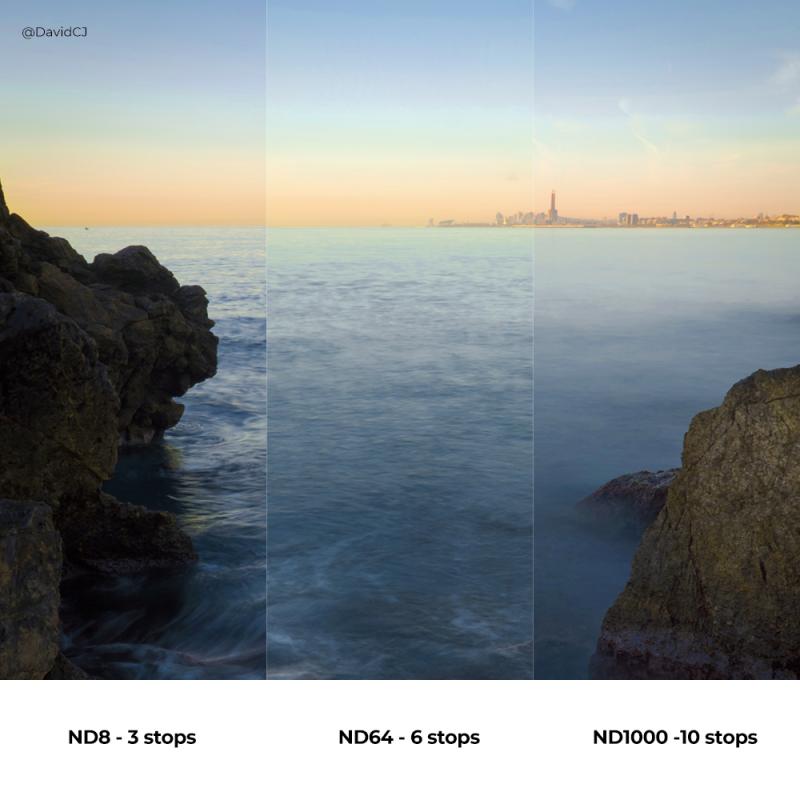



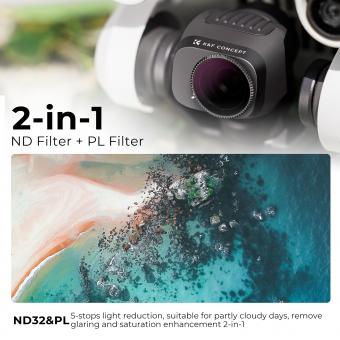
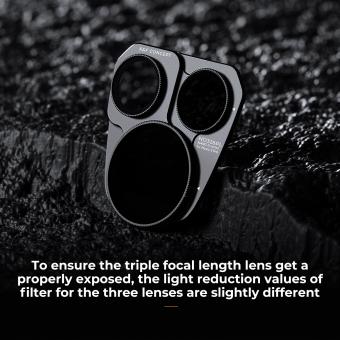


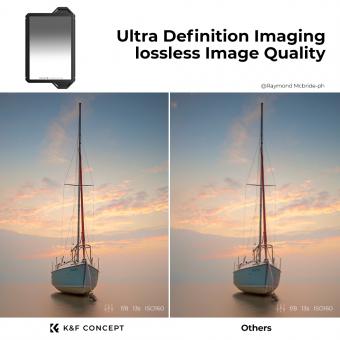

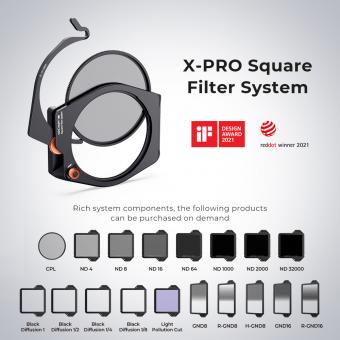

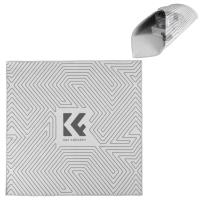
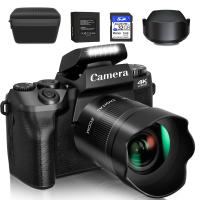

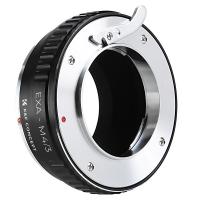
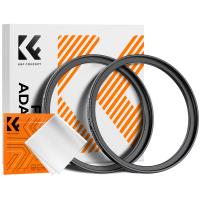






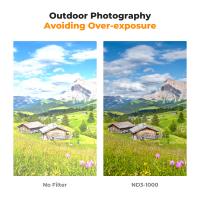


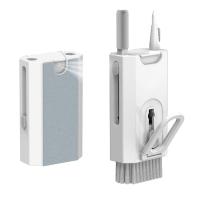

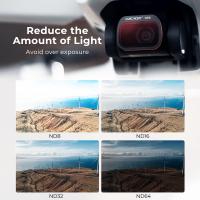

There are no comments for this blog.